Study finds victims of Mount Vesuvius suffered agonising deaths
WHEN Mount Vesuvius erupted, Pompeii was buried and people in villages never stood a chance. WARNING: Graphic images
WHEN Mount Vesuvius erupted, the explosion caused such extreme heat that victims’ skulls exploded, their blood boiled and their muscles, flesh and brains were replaced with ash, according to a new study.
The study reads: “The extraordinarily rare preservation of significant putative evidence of hemoprotein thermal degradation from the eruption victims strongly suggests the rapid vaporisation of body fluids and soft tissues of people at death due to exposure to extreme heat.”
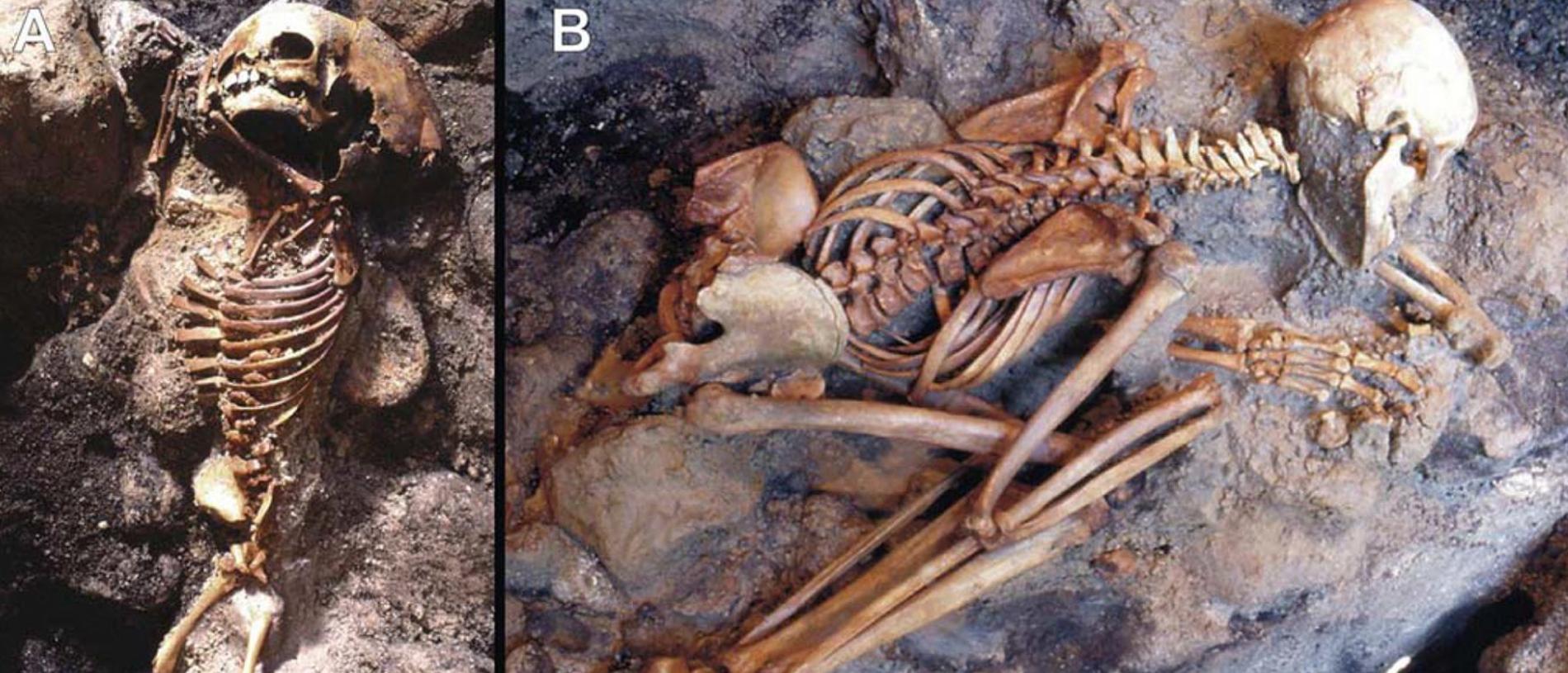
The study was published in the scientific journal PLOS One last month and was conducted by several researchers, including lead author Pierpaolo Petrone.
Researchers investigated the skeletal remains of those killed in Herculaneum, a town 6km away from the volcano, Fox News reports.
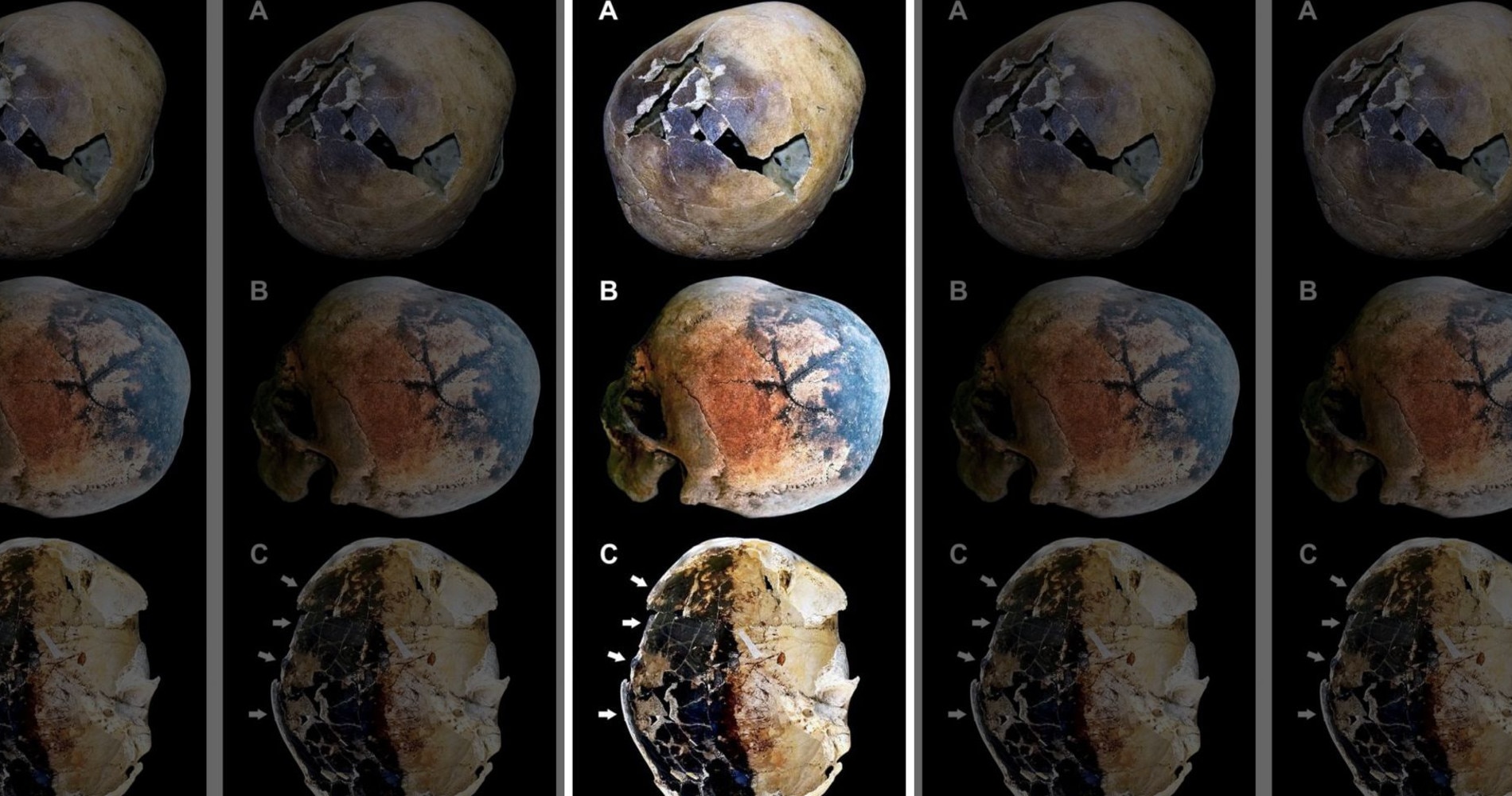
In addition to Pompeii, which was buried, Herculaneum “was suddenly hit and overwhelmed by volcanic ash avalanches that killed all its remaining residents,” the study notes.
The experts believed the temperatures from the volcanic explosion were anywhere between 400-500C.
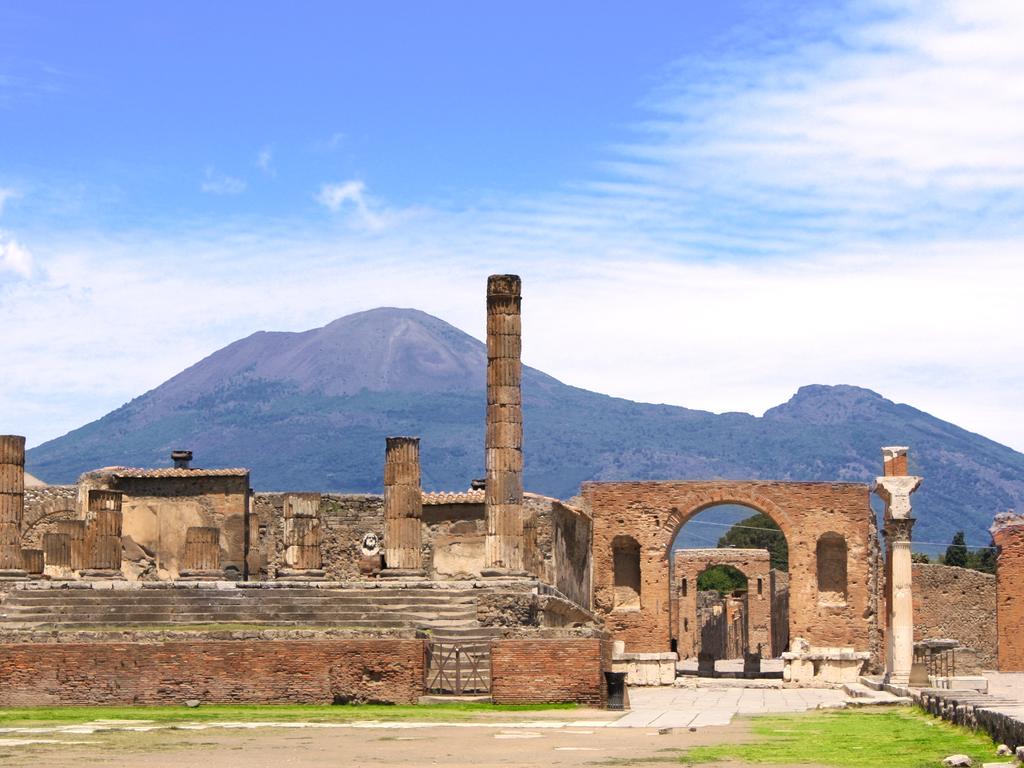
On August 24, 79AD, Mt Vesuvius erupted in Italy with a thermal energy 100,000 times more powerful than the atomic bombs over Hiroshima and Nagasaki that ended World War II.
Vesuvius shot a cloud of stones, ash and volcanic gas more than 30km into the sky and buried at least 1000 people (the exact number will never be known) under lava in the cities of Pompeii and Herculaneum and some outlying villages.
The skeletal remains of the dead, preserved in the molten rock, were not known even to exist until they were discovered by a surveying engineer in the mid-18th century.
They have been a source of fascination for archaeologists ever since.
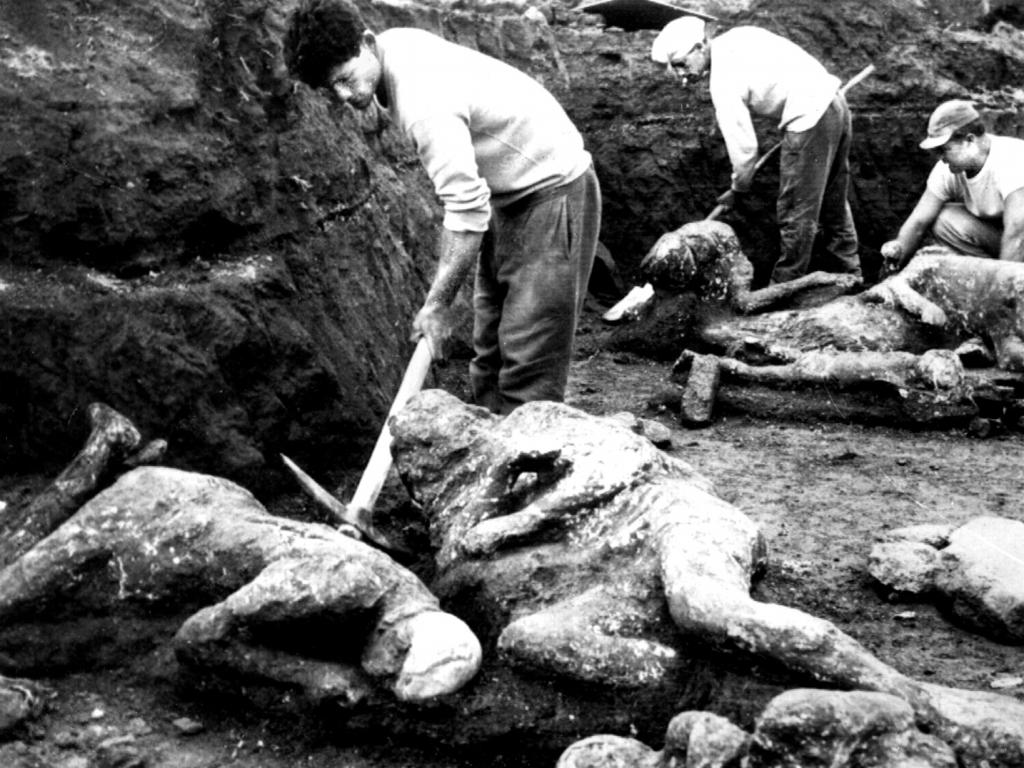
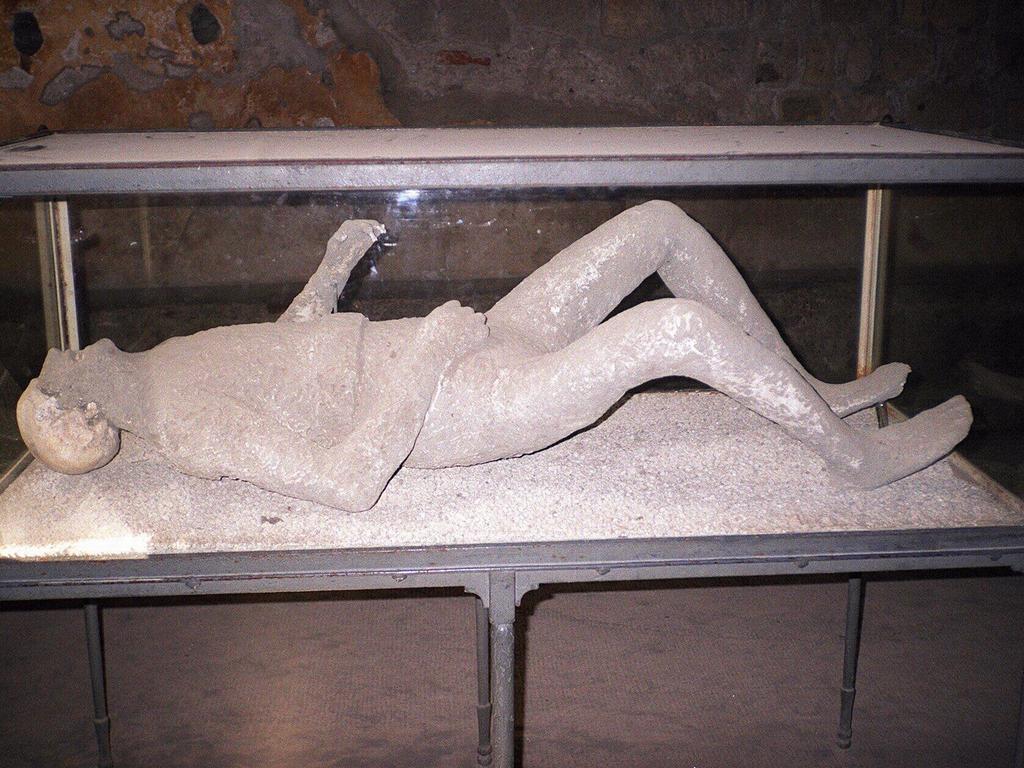
Earlier this year, researchers discovered a man who was initially thought to have been crushed by a large block of stone while attempting to flee the eruption may have actually died of “asphyxia caused by the pyroclastic flow (fast-moving hot gas and volcanic matter)”.
Archaeologists also recently unearthed the final resting place of an ancient racehorse among the ruins of Pompeii.
Vesuvius had its last serious eruption in 1944.
This story originally appeared on Fox News and has been republished here with permission.



